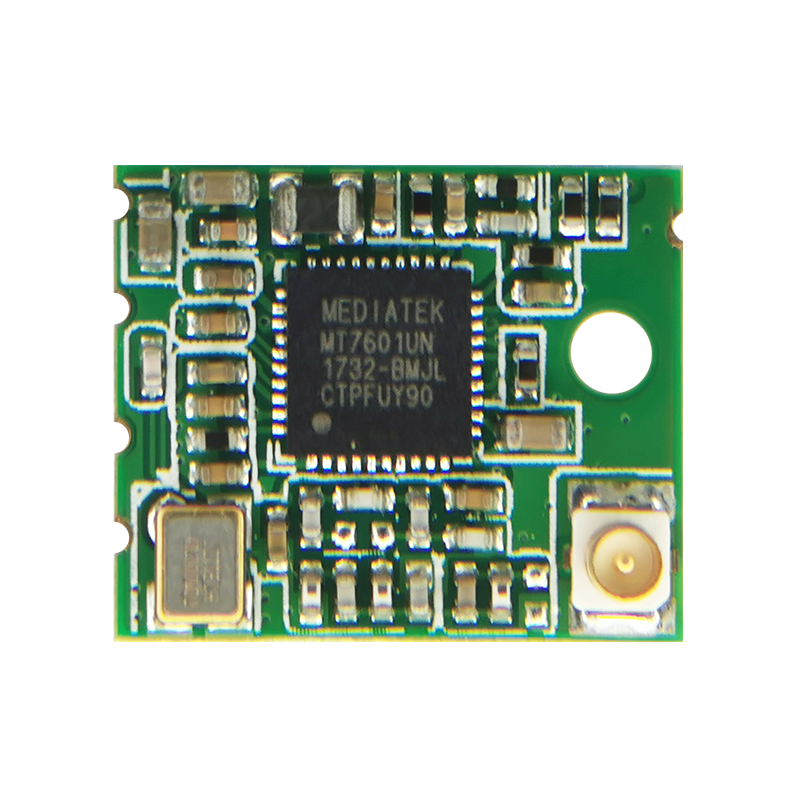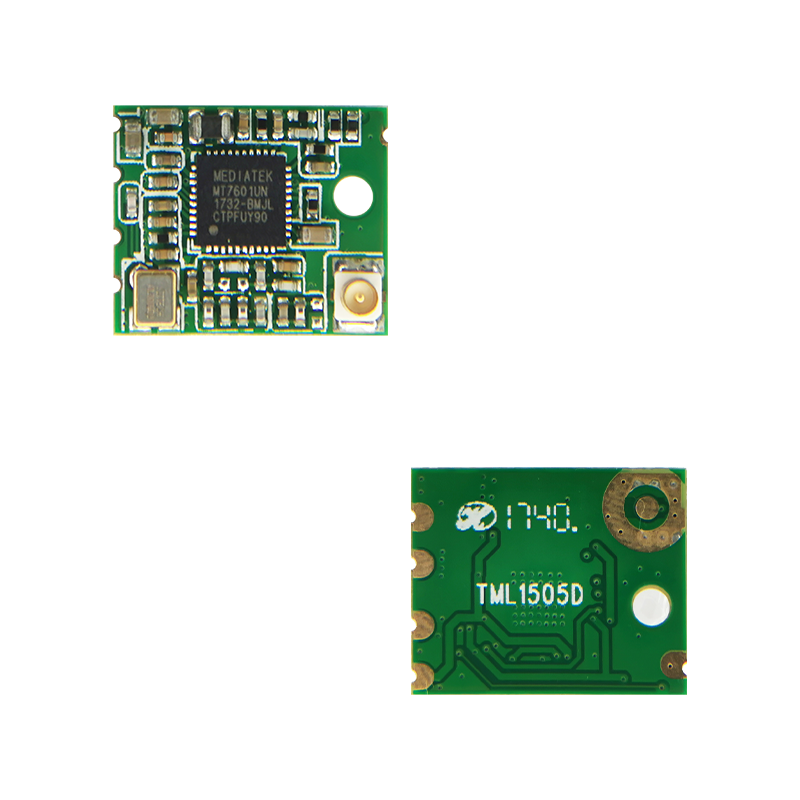The transmission speed and coverage of the WiFi module are limited by various factors. Before understanding these limitations, we need to understand the working principle and technical characteristics of the WiFi module. A WiFi module is a wireless communication device that uses radio waves for data transmission. It communicates with other devices by receiving and sending wireless signals. WiFi modules usually communicate using radio waves in the 2.4GHz or 5GHz bands, which are reserved exclusively for WiFi communications.

First of all, the transmission speed of the WiFi module is limited by the frequency band and channel bandwidth. The WiFi module can support different WiFi standards, such as 802.11a/b/g/n/ac/ax. These standards define different transmission rates and channel bandwidths. Newer WiFi standards typically have higher transfer rates and wider channel bandwidths, providing faster data transfer speeds. However, actual transfer speeds are affected by other factors such as signal strength, interference and network congestion.
Secondly, the coverage of the WiFi module is affected by the signal strength and obstacles. WiFi signals are subject to attenuation and interference during transmission. Signal strength weakens with distance, so WiFi modules have limited coverage. In addition, obstacles such as walls, floors, and other electronic devices can also weaken the propagation and coverage of WiFi signals. Therefore, in large buildings or complex environments, it may be necessary to use multiple WiFi access points to extend coverage.

In addition, the transmission speed and coverage of the WiFi module are also affected by network congestion and the number of devices. When multiple devices are connected to the same WiFi network at the same time, network congestion can cause slow transfer speeds. In addition, if there are too many devices connected to the WiFi network, the transmission speed and coverage will also be affected.
In order to overcome these limitations, some measures can be taken to optimize the transmission speed and coverage of the WiFi module. For example, use a higher speed WiFi standard, choose an appropriate channel, optimize network settings, add WiFi access points, use signal boosters or repeaters, etc. To sum up, the transmission speed and coverage of the WiFi module are limited by many factors, including the frequency band and channel bandwidth, signal strength, obstacles, network congestion and the number of devices, etc. Understanding these limitations can help us better understand the performance and application of WiFi modules, and take corresponding measures to optimize the transmission speed and coverage of WiFi networks.
 Trolink Joint With Tuya to Make Iot Benefit Every Family
Trolink Joint With Tuya to Make Iot Benefit Every Family
 5 Key Indicators for WiFi Module Selection You Have to Know !
5 Key Indicators for WiFi Module Selection You Have to Know !
 IOT module is the brain of smart products
IOT module is the brain of smart products
 What is the signal coverage range of the WiFi module chip?
What is the signal coverage range of the WiFi module chip?